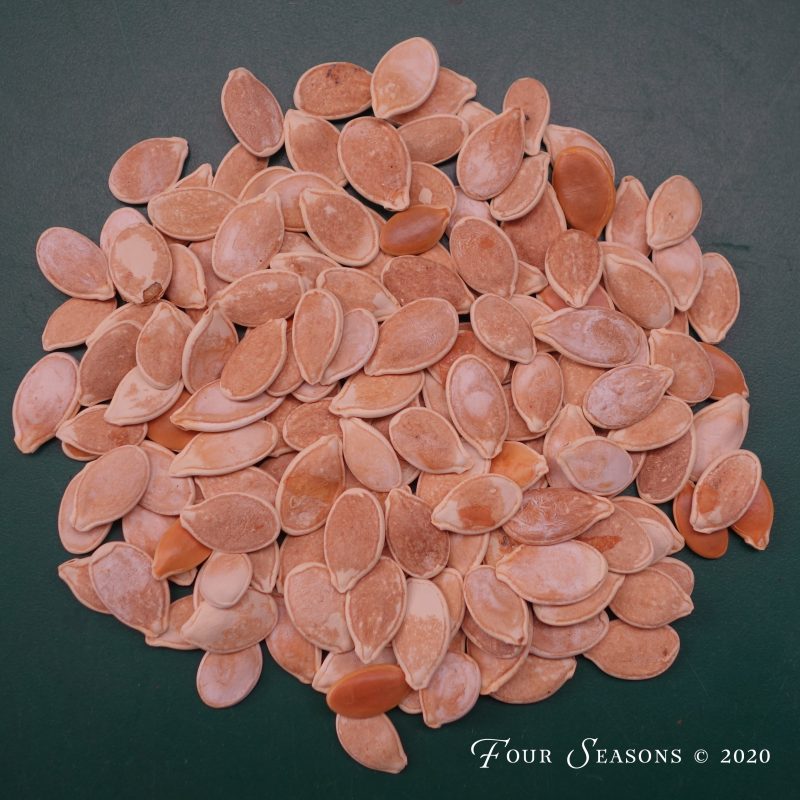Perhaps you’re thrifty and have saved seeds from years past. Perhaps you simply bought too much last year and have leftover seed. Either way, one of the most common questions I hear at this time of year is, “Can I use leftover seed from last year?”
The good news is that most seed leftover or seed saved from prior years is perfectly fine to use. The downside is that you may not get the same germination rates that you would if you used fresh seed. Seed packs have expiration dates for a reason.
Just like most things that are potentially perishable, some seeds have a longer life expectancy or shelf life than others. For example, seeds like onions, parsnips, and parsley have a very short shelf life of only about a year or less. Other seeds such as cucumbers, cabbage, collards, pumpkins, and radishes can easily last four to five years and still produce a perfectly acceptable crop.
If you choose to use leftover or saved seeds, much of your success will also depend on how you have stored those seeds. Storing seeds only once they were completely dry, in an airtight container in a cool, dry place and kept out of direct sunlight will produce the best results. Keeping them in a refrigerator at 40 degrees will extend their life.
The easy way to determine whether it is worth your time and effort to plant them is by doing a viability test on any seeds you are considering using before you make your final decision.
Begin by choosing ten seeds from the saved or stored ones. Although using a paper towel is a popular way to do this test, I prefer using either a six pack filled with soil or individual peat pots because, if they are viable, then they can be held in those containers and easily transplanted to your garden or a larger pot to grow on for the season. This way you will still be able to use the plants once they sprout without having to immediately transplant them as you would do if they sprouted on a paper towel.
Both methods are quite simple. In the paper towel method you’ll wet down a paper towel, drop ten seeds in a row, then roll the towel around them. Place the towel in a plastic bag and place somewhere warm- usually at 70 degrees or better. Be sure the towel doesn’t dry out. Unroll the towel in five to ten days to check for sprouting. If all the seeds have sprouted, then you have a 100% germination rate and the seeds are fine to use as you normally would.
If seven of the ten seeds have germinated, you have a 70% germination rate. This doesn’t mean you can’t or shouldn’t use those seeds, just that you’ll have to sow them more heavily than you normally would in order to get a good crop. Generally, if you have less than a 70% germination rate, you would be better off starting with fresh seed.
If you want to do your viability test in soil, purchase seed starting mix and fill the container. Seed starting mix is often used because it’s sterile and soil-less therefore it won’t expose your seeds to fungus or mold that might harm them or skew the test. Once the container is filled, drop one seed per pot or cell. Cover lightly and water. Place them in a warm, sunny spot, keep them moist, and wait for them to sprout. The math is the same.
Whether you’ve saved seeds because you’re thrifty, you bought too many last year, or simply because you found a great variety that you wish to grow again, a viability test is worth the time it takes before deciding whether or not to plant them. It could save you quite a bit of time, and perhaps disappointment, before you go to the work of planting them in your garden.

